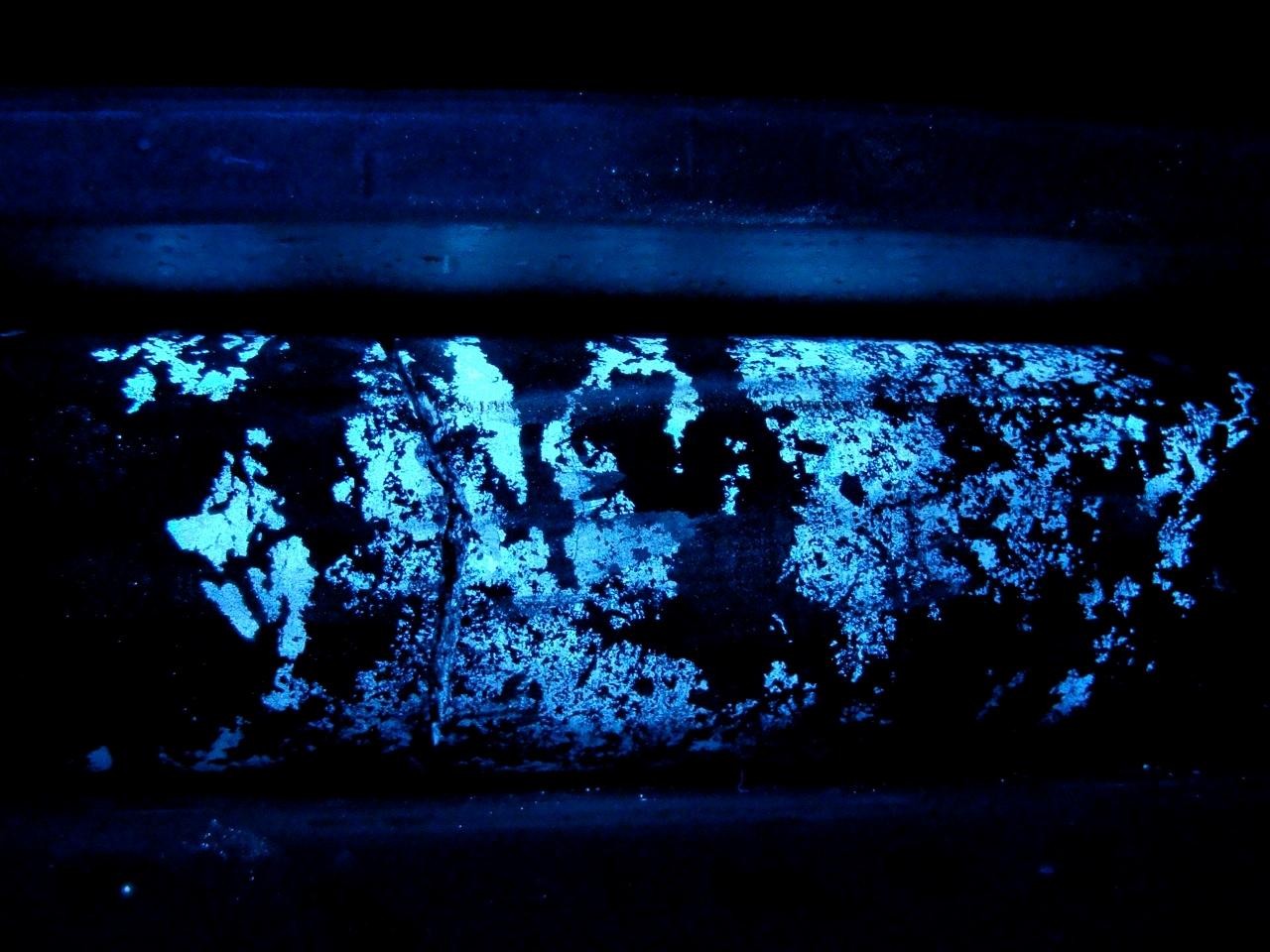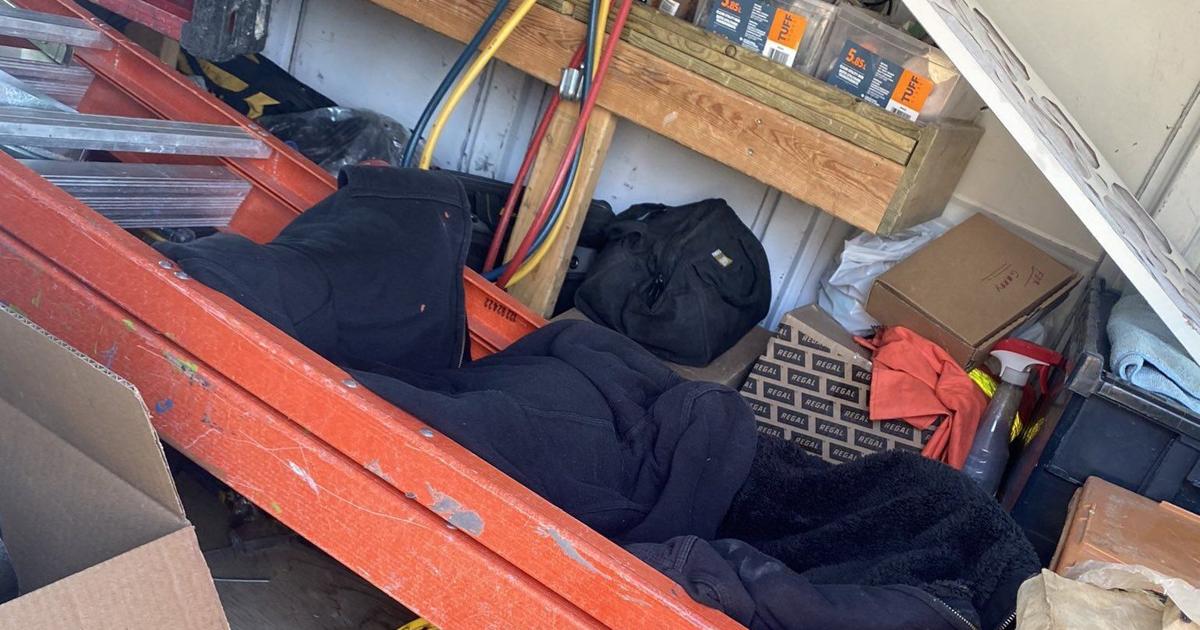Geopolitical Tensions Rise: The Rare Earth Minerals Struggle

Table of Contents
China's Dominance in Rare Earth Mineral Production and its Geopolitical Implications
China's overwhelming control of the rare earth mineral market presents significant geopolitical implications. This near-monopoly extends across the entire supply chain, from mining and processing to export. This dominance creates both opportunities and vulnerabilities for the global economy and national security.
China's near-monopoly:
- China controls approximately 60% of global rare earth production, processing a significantly larger percentage of the world's rare earth oxides. This gives them unparalleled leverage in the global market.
- China has employed export restrictions as a geopolitical tool in the past, limiting the supply of rare earth minerals to specific countries or industries. This strategy has highlighted the vulnerability of nations heavily reliant on Chinese imports.
- The impact on countries reliant on Chinese imports is substantial. Disruptions to the supply chain can severely impact manufacturing, technological advancement, and economic growth in these nations.
Geopolitical risks associated with reliance on a single source:
Heavy dependence on a single nation for such critical resources creates significant vulnerabilities.
- The potential for trade wars and disruptions to supply chains is a major concern. Geopolitical tensions can easily translate into restrictions on rare earth mineral exports, causing significant economic instability.
- The implications for national security are also substantial. Rare earth minerals are essential components of many defense technologies, including guided missiles, radar systems, and advanced weaponry. Dependence on a single supplier creates a significant vulnerability in national security.
- Economic stability is intrinsically linked to the secure supply of rare earth minerals. Disruptions can lead to price volatility, impacting the profitability of industries reliant on these materials and potentially triggering broader economic instability.
The Growing Global Demand for Rare Earth Minerals and the Sustainability Challenge
The burgeoning demand for rare earth minerals is being fueled by rapid technological advancements across various sectors. However, this increased demand presents a significant sustainability challenge, demanding a responsible and ethical approach to mining and resource management.
Technological advancements driving demand:
The proliferation of green technologies significantly increases the demand for these critical resources.
- Examples of technologies heavily reliant on rare earth elements include neodymium magnets in wind turbines, electric vehicle motors, and various advanced electronics. The global shift towards renewable energy and electric vehicles is dramatically increasing demand.
- The projected growth in demand for rare earth minerals in the coming years is substantial, highlighting the need for proactive planning and responsible resource management.
- Traditional rare earth mining methods have a significant environmental impact. These include habitat destruction, water pollution, and greenhouse gas emissions.
The need for sustainable and ethical sourcing:
Sustainable and ethical sourcing practices are crucial to mitigate the environmental and social impacts of rare earth mineral extraction.
- Initiatives for responsible sourcing and recycling of rare earth elements are gaining traction, emphasizing the need for circular economy models.
- The development of alternative materials and technologies is crucial to reduce reliance on rare earth minerals in certain applications. Research into substitutes and material efficiency is paramount.
- Reducing reliance on environmentally damaging extraction methods is essential for safeguarding ecosystems and human health. The adoption of cleaner, more efficient mining techniques is vital.
Diversification of Rare Earth Mineral Supply Chains: Strategies and Challenges
Diversifying rare earth mineral supply chains is crucial to mitigate the risks associated with reliance on a single dominant player. This requires international collaborations, investment in exploration, and technological innovation.
International collaborations and investment in exploration:
Several countries are actively investing in developing their rare earth mineral sectors.
- Specific examples include Australia, the USA, and Canada, which are actively investing in exploration, mining, and processing capabilities.
- Challenges associated with developing new mines include navigating complex environmental regulations and lengthy permitting processes. Streamlining these processes is crucial for accelerating development.
- Securing stable and predictable regulatory environments is essential to attract investment and foster the development of a diversified supply chain.
Technological innovations in extraction and processing:
Technological advancements can improve efficiency, reduce environmental impact, and lower the cost of rare earth mineral extraction and processing.
- Advancements in mining techniques, such as in-situ leaching, offer a less environmentally damaging alternative to traditional open-pit mining.
- Research and development efforts to improve the efficiency of recycling rare earth materials are crucial for minimizing waste and maximizing resource utilization.
- The potential of using artificial intelligence and machine learning in exploration and mining is significant, promising more efficient and cost-effective operations.
Conclusion
The struggle for rare earth minerals is no longer merely an economic issue; it's a significant geopolitical challenge. China's dominance, coupled with surging global demand and environmental concerns, necessitates a multifaceted approach. Diversifying supply chains, promoting sustainable mining practices, and investing in technological innovation are crucial steps to mitigate risks and ensure a secure and responsible supply of these essential resources for the future. Understanding the complexities of the rare earth minerals struggle is vital for policymakers, businesses, and individuals alike. We need a concerted global effort to address this challenge and secure a stable supply of these critical materials for the technological advancements vital for global prosperity. Let's work together to navigate the complexities of the rare earth mineral supply chain and build a more secure and sustainable future.

Featured Posts
-
 Exclusive Interview The Air Traffic Controller Who Averted A Catastrophe
May 17, 2025
Exclusive Interview The Air Traffic Controller Who Averted A Catastrophe
May 17, 2025 -
 Getting The Most For Your Money Practical Tips For Budget Conscious Shoppers
May 17, 2025
Getting The Most For Your Money Practical Tips For Budget Conscious Shoppers
May 17, 2025 -
 Increased Access To Birth Control The Post Roe Otc Revolution
May 17, 2025
Increased Access To Birth Control The Post Roe Otc Revolution
May 17, 2025 -
 Trumps Military Events An Examination Of Exclusive Donor Access
May 17, 2025
Trumps Military Events An Examination Of Exclusive Donor Access
May 17, 2025 -
 Fortnite Announces New Icon Skin Collaboration
May 17, 2025
Fortnite Announces New Icon Skin Collaboration
May 17, 2025
